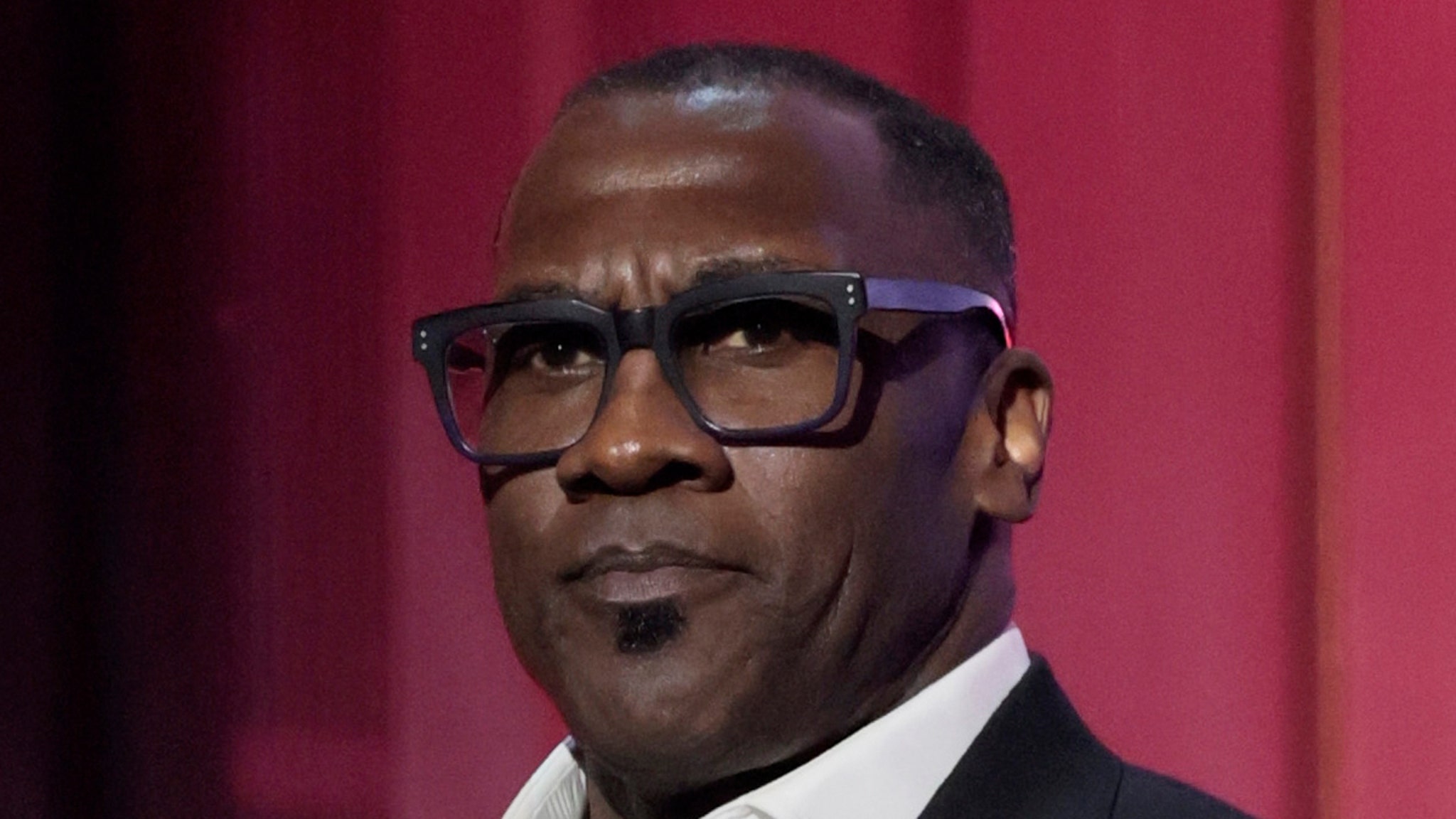Culture
‘One to One: John & Yoko’ Review: A Year in the Life

In making the documentary, Macdonald et al. have taken an immersive rather than an instructional approach, one that plunges viewers into a rushing stream of moving and still images, among them home movies, concert footage, news reports and far too many period commercials. There are no original voice-overs or talking-head interviews to help guide the way, and most of the text onscreen is transcripts of the phone calls. There are, less happily and helpfully, far too many shots of a re-creation of their apartment made specifically for the movie. (Ono and Lennon’s son, Sean Ono Lennon, served as the music producer.)
The thread that winds throughout “One to One” is the Aug. 30, 1972, concert of the movie’s title that Lennon and Ono coordinated at Madison Square Garden alongside the likes of Stevie Wonder and Roberta Flack. Earlier that year, the television reporter Geraldo Rivera had shocked the viewing public with a harrowing exposé of the Willowbrook State School on Staten Island, an institution for people with developmental disabilities where the children’s ward was crowded with grimly neglected boys and girls. Horrified, Lennon and Ono helped organize the event (they performed twice that day) to raise money for the children; it was, as the movie puts it, “the only full-length concert John gave after leaving the Beatles.”
Footage from Lennon and Ono performing at the benefit is threaded throughout the documentary, which opens with shots of the crowd streaming into the Garden and a backstage peek of the couple headed toward the cheering crowd. Wearing round blue glasses and a green army jacket, a mesmerizing Lennon opens with “New York City” and later performs “Come Together” and his piercing lament “Mother,” among other songs. He often chews gum, sometimes while singing. Ono sings, too, but she isn’t the star, either onstage or in this movie, which smoothly oscillates between their offstage life and images of him and sometimes of her performing (“Don’t Worry Kyoko”), backed up by the band Elephant’s Memory.
The non-concert footage is meant to bridge the personal and the political, and to convey the banalities and horrors of the early 1970s as well as to illuminate Lennon and Ono’s activism. To that end, the filmmakers gesture at the national divide, one that seems starkly familiar when they cut to a blazingly red electoral map that illustrates Nixon’s landslide presidential victory. At other times, as the movie skitters from more ads to politicians and Vietnam War casualties, whatever the filmmakers hoped to say about the Lennon, Ono, America, consumerism, the society of the spectacle and so on, gets lost in a blur that becomes so much visual wallpaper. That may be the point, but the dead in this movie deserve more sensitivity.





























